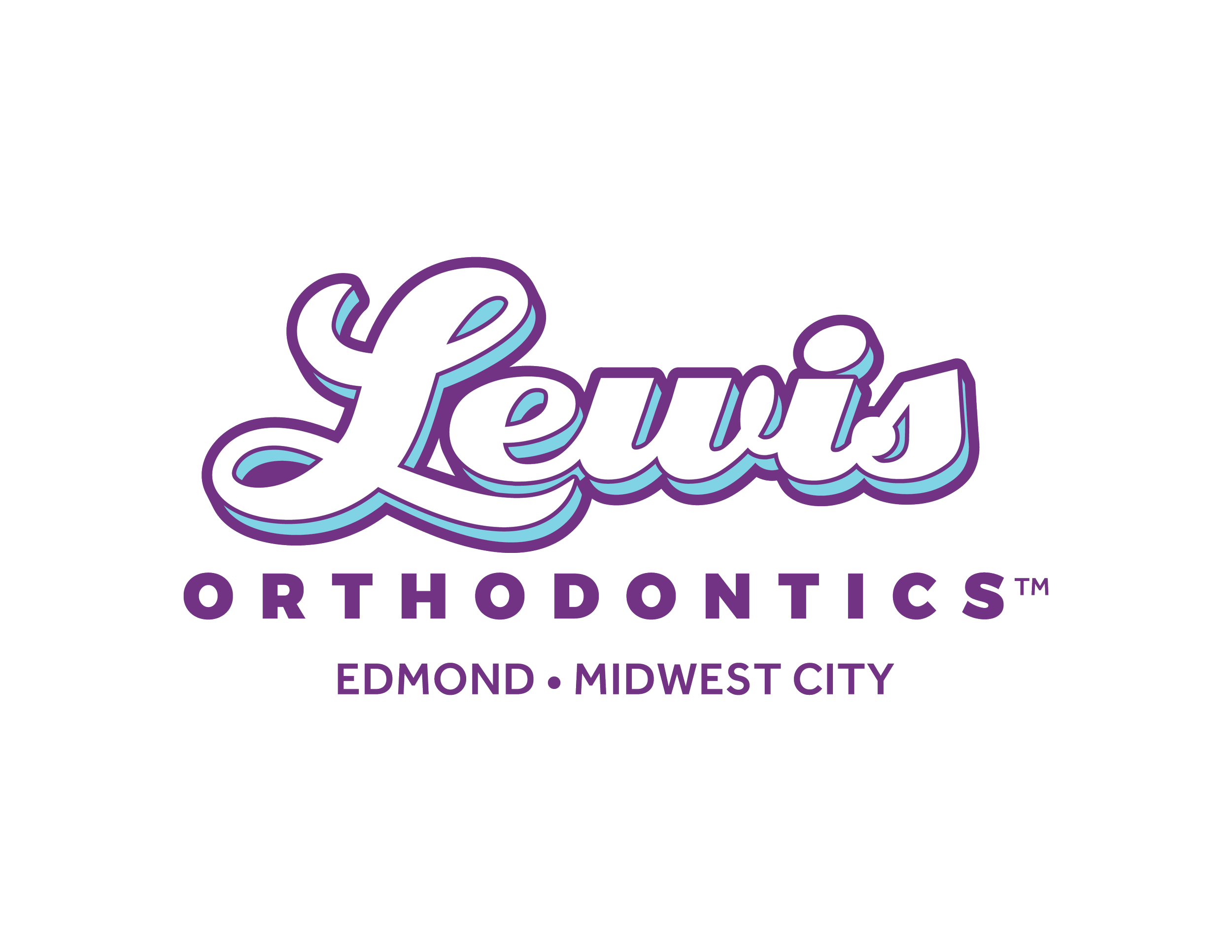Does My Kid Need Braces? Four Signs Your Child Needs Braces
Did you have braces as a child? If you did, you probably got them around the age of 12, when your permanent teeth had already come in.
Traditionally, children haven’t needed to visit the orthodontist until their regular dentist recommends braces. But recently, dental professionals have started advising parents to bring their children to see the orthodontist at an earlier age.
In fact, the American Association of Orthodontists now recommends you schedule a consultation with an orthodontist for your child by age 7. An orthodontist should be able to identify potential problems in your child’s bite before they become serious problems.
If your orthodontist does find an issue, they can advise you on treatment options at the appropriate age, and if early treatment is necessary, they can provide it.
At What Age Does My Kid Need Braces?
You may wonder what the right age for braces is for most kids. Most of the time, braces are necessary only after your child has most of their permanent teeth, but your orthodontist may advise a different approach.
They may suggest pre-emptive corrections to your child’s mouth while they still have their baby teeth, using appliances, possibly including braces. Once your child’s permanent teeth come in, braces may still be necessary, but for a shorter period.
Why would this be the case?
Well, even if your child has braces on their baby teeth during their Phase 1 treatment, their mouths may change significantly when the permanent teeth erupt. These changes in your child’s bite might require further treatment in Phase 2.
If your child requires braces during Phase 1 treatment, they may wear braces at age 8. Keep in mind most children won’t need braces until they hit a growth spurt around puberty. This usually happens between the ages of 11 and 13, barring any serious problems.
How Do I Know When My Child Needs to Visit the Orthodontist?
What signs should you look for to determine when your child should visit the orthodontist? Here’s a brief list of some of the things you should watch out for. Remember, even if your child shows none of these signs, you should still schedule an appointment with an orthodontist by the time your child is 7 years old.
1. Does Your Child Have Overlapping Teeth?
The most obvious sign that your child really needs braces is overlapping teeth or malocclusion. This can include underbites and overbites, as well as crooked and overcrowded teeth.
Braces for kids can help align the teeth to fix your child’s bite. They can also pull teeth together if your child needs to have teeth removed to solve an overcrowding issue.
2. Has Your Child Lost Teeth Early?
Early loss of baby teeth can happen naturally or due to trauma or illness. When the permanent teeth aren’t ready to fill the gap, the teeth will move to fill the empty space on their own.
If this happens to your child’s teeth, your child will need braces to prevent their permanent teeth from coming in crooked or overlapping.
3. Does Your Child Suck Their Thumb?
If your child hasn’t reached preschool age, it’s acceptable for them to still suck their thumb. On the other hand, if your child is above the age of 4 or 5 and still engaging in thumb-sucking, you may need to pay a visit to the orthodontist.
Extended thumb sucking can push the teeth out of alignment and even affect the growth and development of your child’s jaw bone. Braces can help pull the teeth back into place.
4. Are Your Child’s Teeth Difficult to Clean?
If your child’s teeth are overlapping in a way that makes it difficult for them to be cleaned, your child might need braces.
Has your dentist noticed places where your child hasn’t been able to clean their teeth properly? If so, they may recommend you schedule an appointment with an orthodontist. Proper tooth care can prevent gum disease and decay. This is just as important in baby teeth as it is in permanent teeth.
What Are the Benefits of Children’s Braces?
You might ask what the benefit of children’s braces is when your child will likely end up needing them again during adolescence. Orthodontists have come to believe aligning the baby's teeth will help prevent more serious issues in the future.
Experts acknowledge the potential risks of putting braces on young children. Braces are difficult to clean around, especially for children who are just learning to clean their teeth. Also, braces wearers must avoid certain foods, such as candy, gum, and popcorn. Young children might have trouble following this rule.
With these risks in mind, your orthodontist won’t recommend Phase 1 braces for your child unless they are necessary. The treatment can be beneficial to your child’s health for several reasons.
Some of these reasons include:
Gum Health: If your child’s baby teeth are crowded or crooked, this can make it difficult for your child to clean their teeth. This could lead to gum disease, which can’t be reversed, even when the permanent teeth come in.
Guide the Adult Teeth: Braces can help your child’s adult teeth come in properly and not crooked, especially if your child is missing some baby teeth.
Fix Known Problems: If your child’s dentist has taken X-rays of your child’s mouth, showing a developing problem with their permanent teeth, your orthodontist might recommend braces as a current preventative measure.
The cost of braces for kids, especially in two-phase treatment, can be high, but your child’s oral health is important. If your child’s dentist has recommended a consultation with an orthodontist, schedule one today and find out if your child needs braces now or in the future.
Schedule an Appointment with Lewis Orthodontics Today!
Schedule your free consultation with Lewis Orthodontics today to find out if your child needs braces and what type of braces might be right for them.
